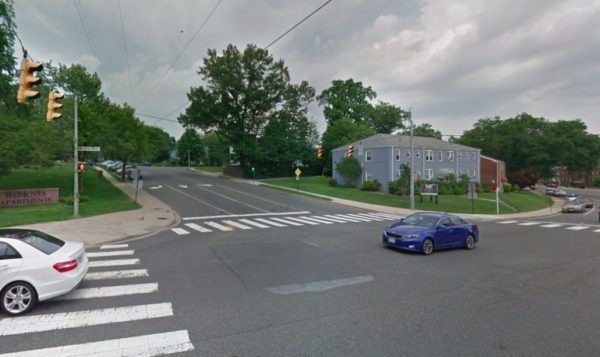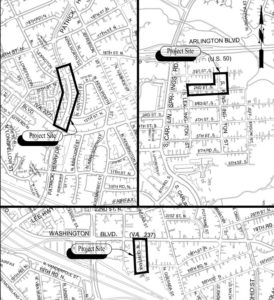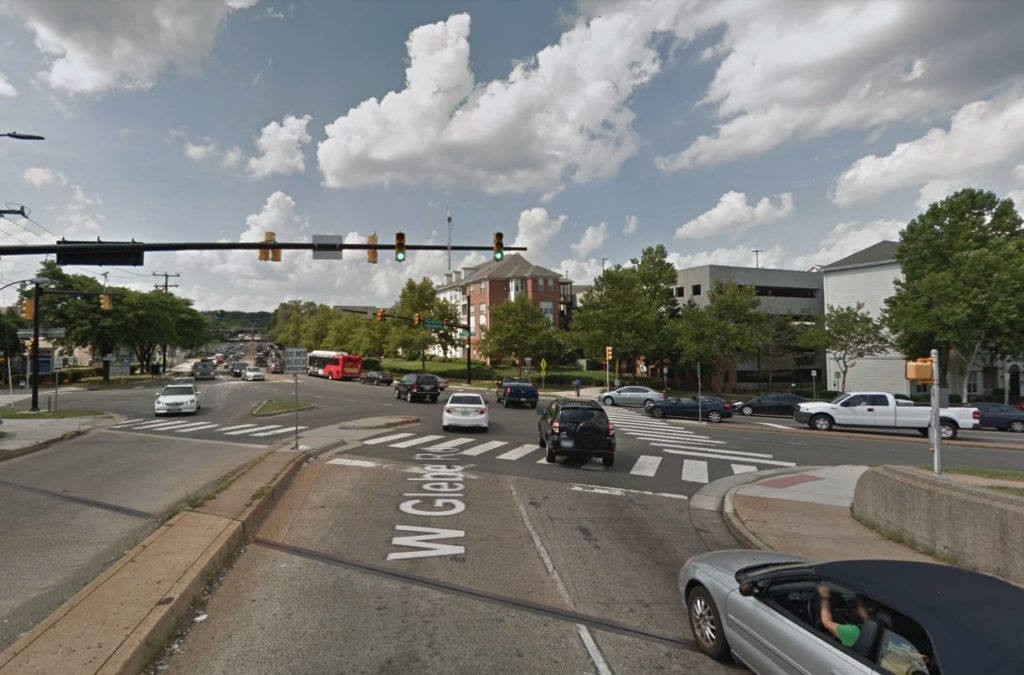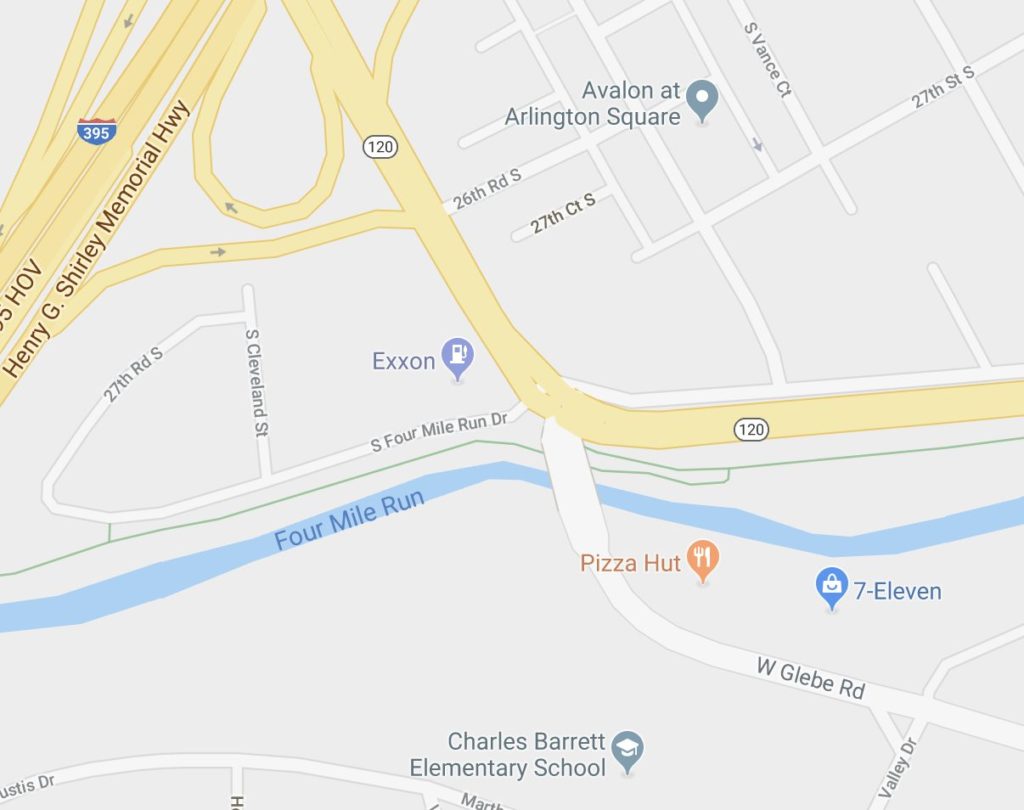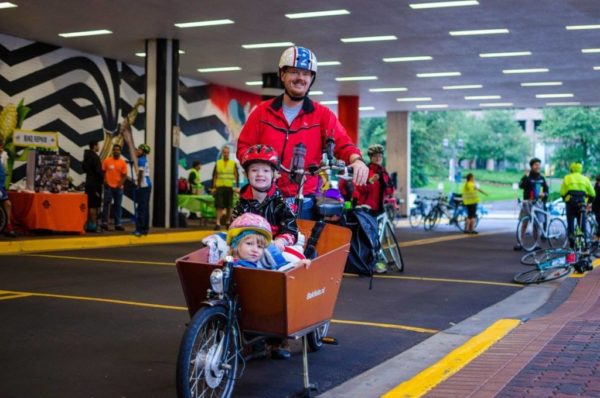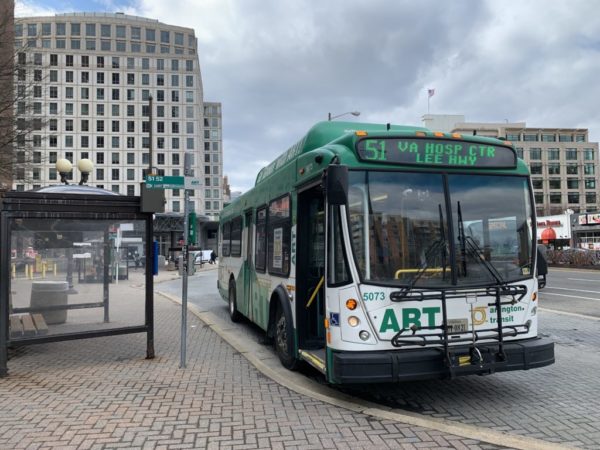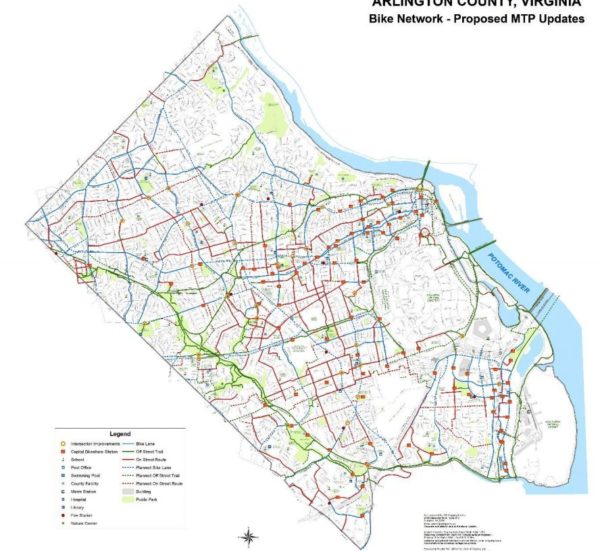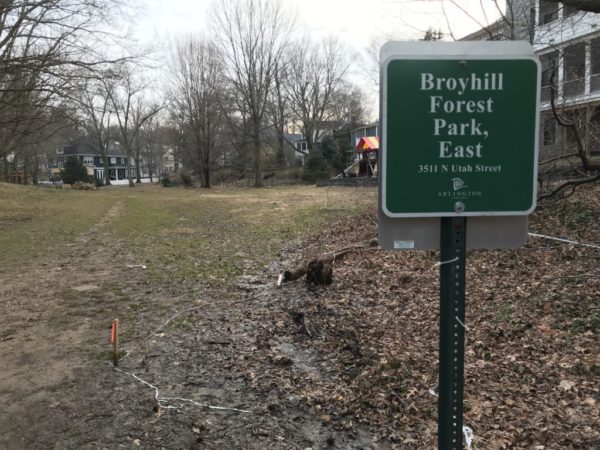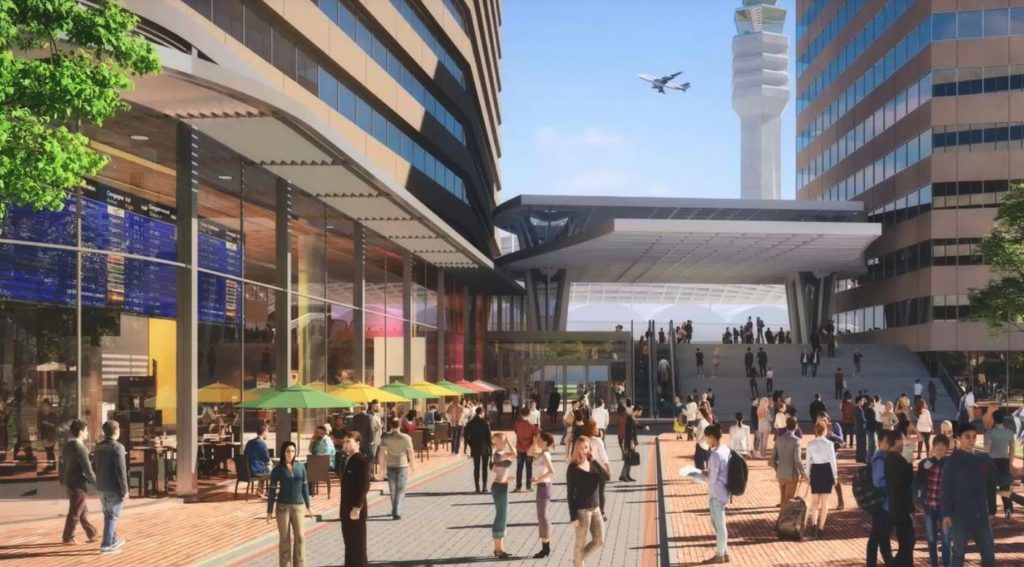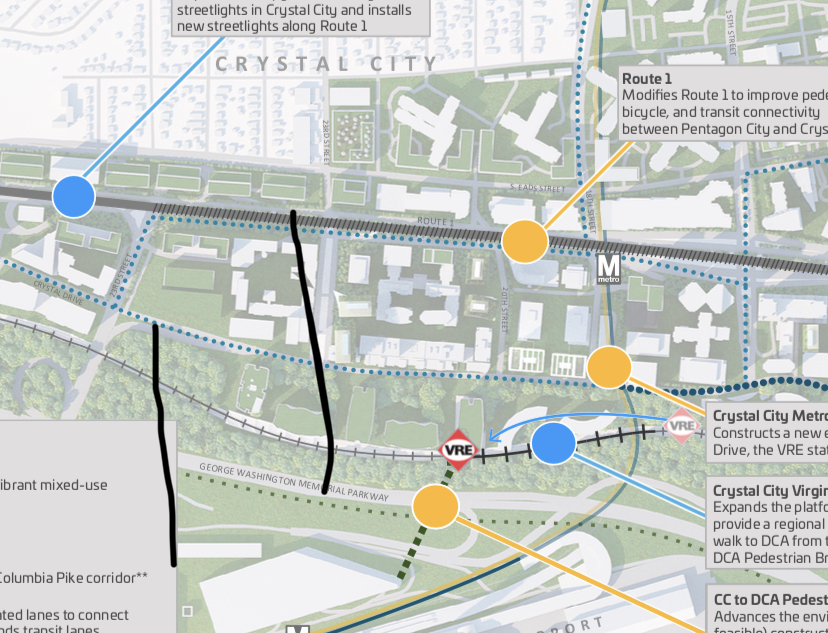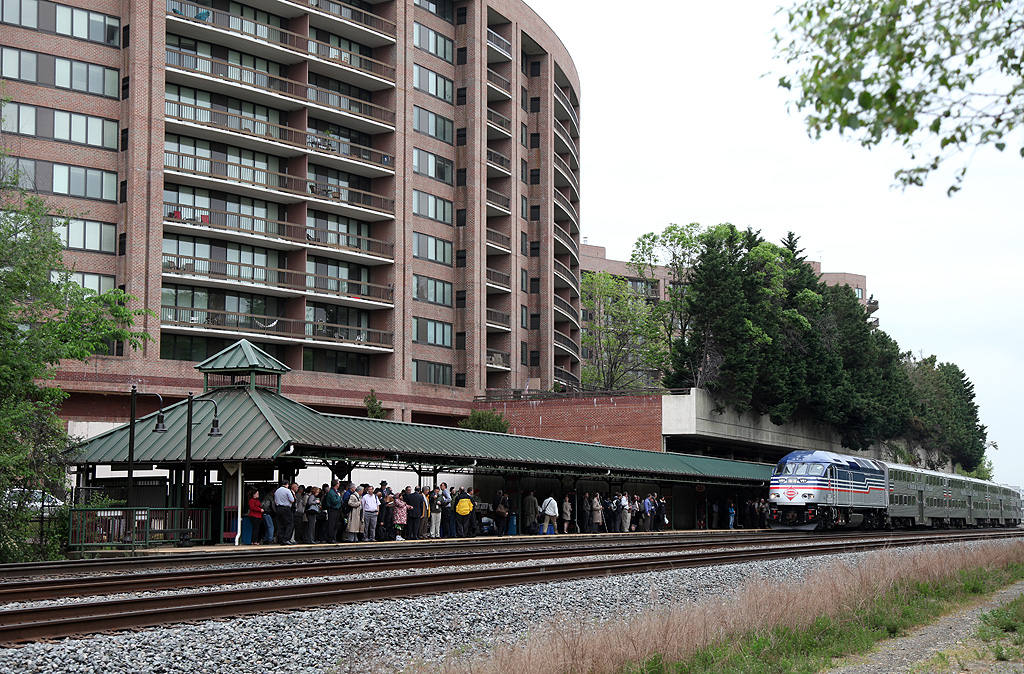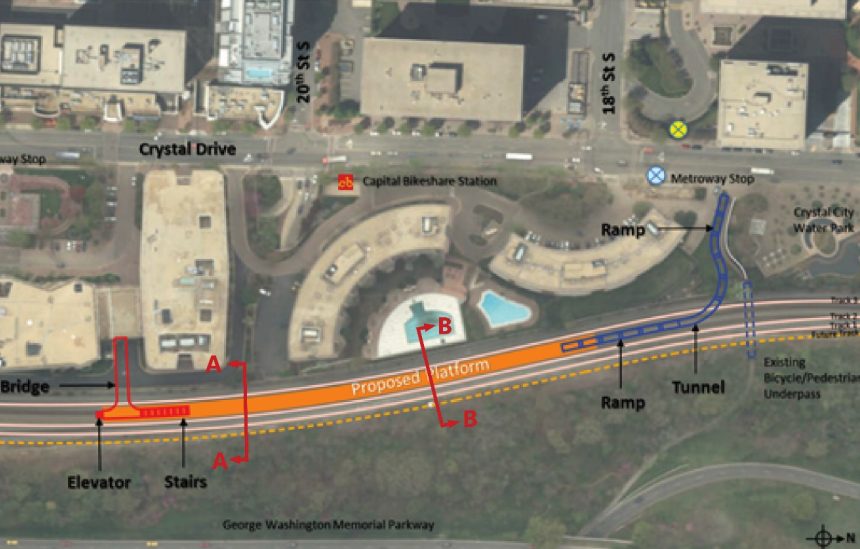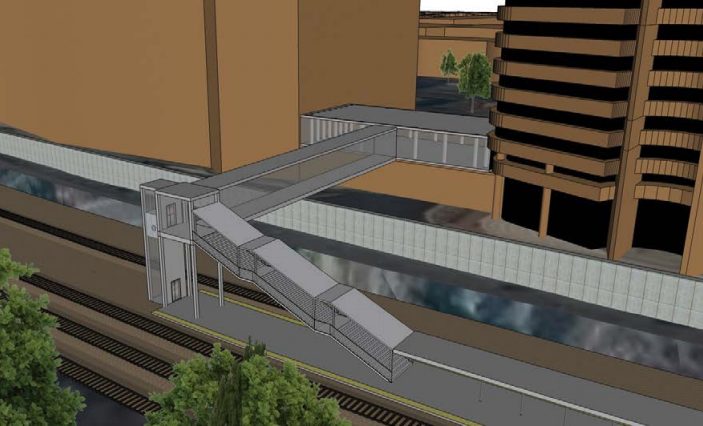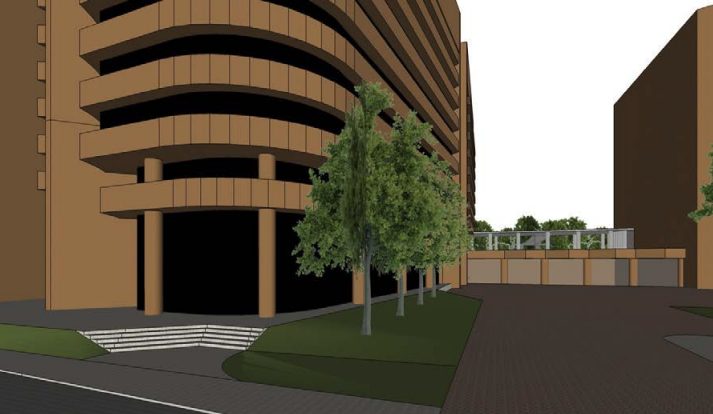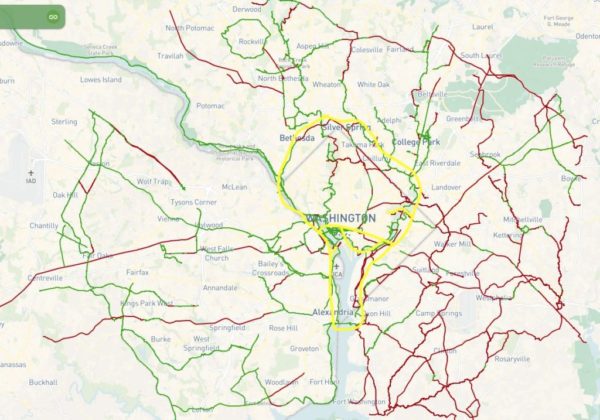Within the next decade, a new transit group wants to make the bus the go-to transit option in the D.C. area
Earlier this year, the Washington Area Bus Transformation Project — which is backed by the Washington Metropolitan Area Transit Authority — released a draft strategic plan with a variety of short and long-term goals and strategies for improving the D.C. region’s bus network.
“The national capital region is adding 40,000-60,000 jobs and households each year,” the group said in its strategic plan. “But its transportation system is struggling to keep pace, leading to some of the longest commutes and worst traffic congestion in the nation.”
Potential ways to improve D.C. area buses and thus help alleviate traffic issues were broken into six categories, ranging in complexity and potential cost.
- Ease of use: make simpler, consistent maps, naming conventions, and pricing. Another recommendation would be free transfers between Metrorail service and local bus lines.
- Prioritizing buses on roads: potentially with bus-only lanes and traffic signal priority, though regional coordination will be needed.
- Frequent, reliable, convenient service: overhaul existing routes to create a more efficient system and provide flexible, on-demand transit services for areas not well served by conventional buses.
- Balance regional and local bus systems: develop a 10-year plan to allocate services between bus systems and applicable routes. The plan also includes a recommendation to “revise the cost local jurisdictions pay WMATA for local service to better match the actual cost to provide service.”
- Streamline back-office functions: most of the recommendations in this category are behind-the-scenes improvements, like consolidating support functions and developing regional standards for bus data collection and analysis.
- Centralizing regional bus networks: form a regional coalition of jurisdictional representatives with authority to implement strategy recommendations.
The bus system has a long way to go if it wants to turn its image around. Since 2012, bus ridership has fallen 13 percent across the region. The project will also require cooperation from the region’s nine bus service providers.
Much of the project also depends on local jurisdictions to implement strategies like restricting parking to facilitate better bus transit. This is why representatives from Arlington Transit and several Arlington County departments are in the group’s technical team and strategy advisory panel.
Meanwhile, most of the technical team and all of the leadership team are WMATA employees.
So far there are no cost estimates for the plan’s recommendations. Allison Davis, a member of the project team, said the price tag will come later in the process.
The project started in September. The group is currently in the middle of a public outreach campaign to sell the public on the idea and gather feedback. At an open house yesterday at George Mason University’s Arlington campus, the room was covered with boards for collecting thoughts on the project and the direction it should take. A survey is also available online.
The plan goes to the Northern Virginia Transportation Authority and the WMATA board this summer for review, with a roadmap planned for development in the fall.
“We’re trying to look at this from a customer perspective,” Davis said. “This [plan] is a tool we have to make better [transit] choices.”





